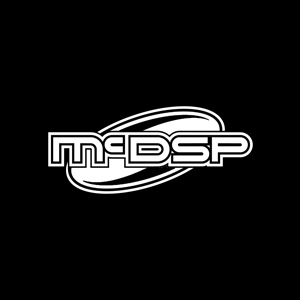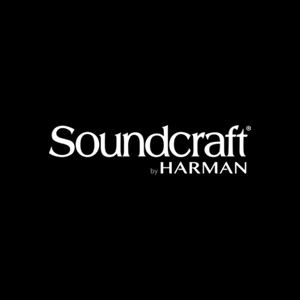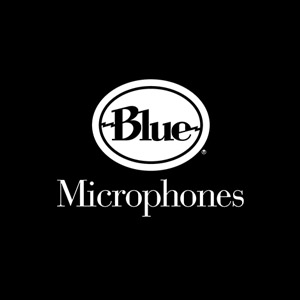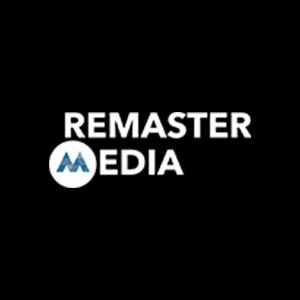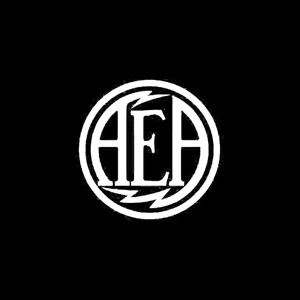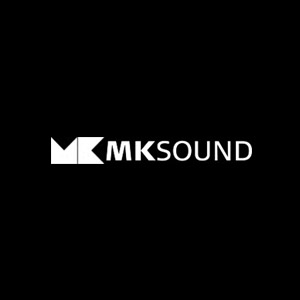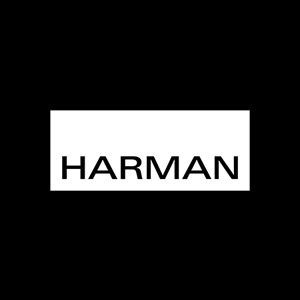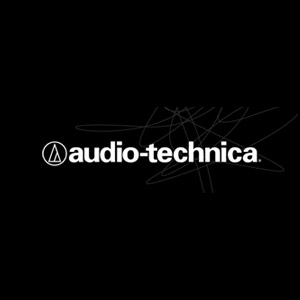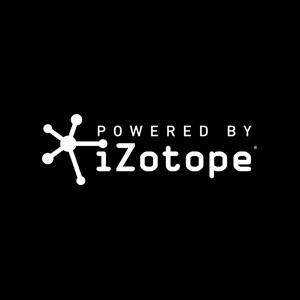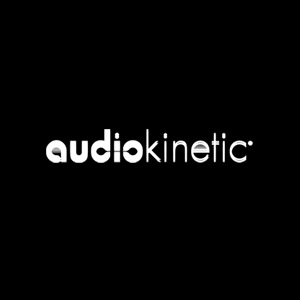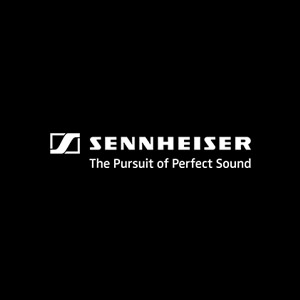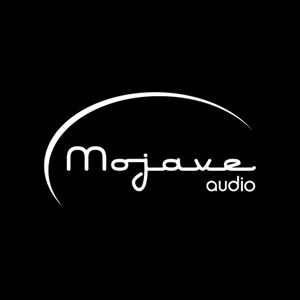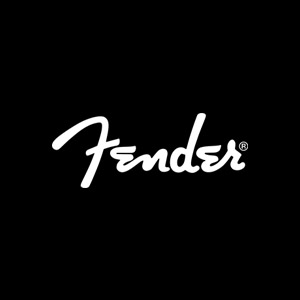Monday, June 25, 2018 — Phoenix, AZ — Jared Kvitka is a Phoenix-based freelance, Grammy-winning engineer — who also teaches at the Conservatory of Recording Arts & Sciences (CRAS), the premier audio recording, sound engineering and production school. Over the past several years, he has been associated with projects by high profile artists including Journey, Robert Cray, Iron Maiden, and most recently, the ‘supergroup’ Black Country Communion.
“I teach a class at CRAS where we talk about acoustics, accuracy and translation of mixes and frequency response, so when I heard about Sonarworks Reference 4, I was immediately intrigued,” says Kvitka. “I was excited not only for myself and my own mixing work, but because I could share this with people as a tool to teach and learn on my own — because in this industry, the learning never stops.” On launching Sonarworks Reference 4, the company came to CRAS and made a presentation. “When the presentation was over, I really want to put this in my room and listen to this on my own speakers.”
Making Informed Monitoring Decisions: Past and Present
Kvitka, who has worked in several monitoring environments including as Head Engineer at Malibu’s The Document Room — where he worked alongside professionals including Andrew Sheps, Ryan Hewitt, Rick Rubin and Kevin Shirley — is acutely aware of how different room geometries, acoustics and loudspeakers can influence the perspectives a mix engineer on his or her decisions. Eventually, Kvitka decided to go freelance, giving him more flexibility on where to work and what kinds of clients to take on, while engineering several projects for longtime colleague /mentor Kevin Shirley.
To say his career since then has been successful would be an understatement. Since going freelance in 2010, he has already received a Grammy for his work with Kevin Shirley on Iron Maiden’s The Final Frontier and has worked alongside artists like Joe Bonamassa, whose “Live at the Greek Theatre” released in 2015 was also nominated for a Grammy. Back in 2013, Kvitka was also nominated for a Grammy for his work on the Seesaw album by Beth Hart and Joe Bonamassa.
Currently, Kvitka mixes in his personal studio — an outbuilding on his property that he has painstakingly, through trial and error, converted into a meticulous mixing room. “Before setting up my space in Phoenix, I was living in a two bedroom apartment in LA where I tried to set up a good mix space with some acoustic panels, bass traps and other treatment. All this work made me start thinking about all of these acoustics scenarios and how we can influence them — so it was setting me up for what I would eventually discover with Sonarworks.”
Gaining A New Vantage Point
Seeing Sonarworks present its solution at CRAS was a turning point for Kvitka, both sonically for his own mixes, and intellectually in his capacity as an instructor. “Just watching their presentation is where it all started, and I was blown away by the idea of it,” he says. “The approach was very different from some of the other companies trying to do things like room correction.” He acquired a copy of Sonarworks Reference 4 and proceeded to the microphone analysis, step by step: “I was surprised, because the software recognized some things I thought were happening in my room — like a bump in the low-mids, or a frequency dip around 80Hz. Sonarworks gave me a completely new perspective.”
Kvitka says that setting up the system was a snap. “Essentially, as soon as you load up the software, it walks you through the set up and all but holds your hand for you. I did the initial analysis in my room, loaded up a mix I was working on, and immediately began A/B-ing between the Sonarworks Reference 4 and the natural sound of my room. This took a little while to get used to because I have learned the sound of my room, as everyone does.” He says that Reference 4 crystallized the picture of his room’s low end, calling it a ‘breath of fresh air.’ “It told me exactly where my low end was, and I immediately started using it on my primary mix down track. And as I was mixing, it provided a solid reference point that I have been using ever since. Having this vantage point has given me a better perspective overall.”
Trusting sonic perceptions
Since he has come up from a similar path, Kvitka empathizes with others trying to gain perspective on their mixes. “I feel like it is a common struggle for engineers to really understand what their mixes sound like. And for me, Sonarworks did it with the click of a button: just like that, you have this new perspective — everything is clear and no longer a mystery.”
“Now, once I do the A/B comparison between my room and Sonarworks Reference, I feel confident when I send the mixes in,” Kvitka concludes. “Most people go off and do the car test or take their mix to another room, but Sonarworks gives you the confidence in your own room so people don’t have to doubt what they are hearing anymore. Now I can trust my mix — and it saves me a lot of time second-guessing and readjusting.”
Kvitka is also encouraged at Sonarworks’ commitment to ensure the end-consumer is hearing the music as it was intended: “I think letting consumers know that they have the option of a more authentic listening experience by hearing the music the way it is supposed to be heard is very powerful.”


